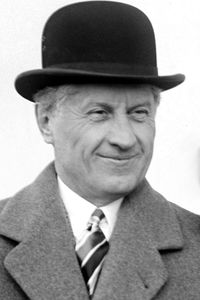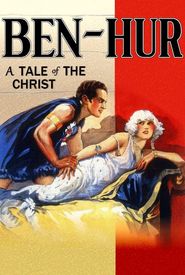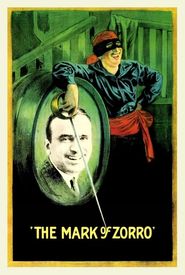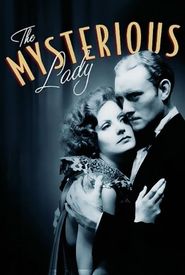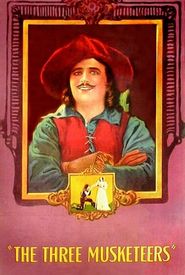Fred Niblo, a renowned film director and producer, embarked on a cinematic journey in 1917, following two decades of touring the vaudeville circuit and a brief stint as the manager of 'The Four Cohans', where he met and married Josephine Cohan, the sister of the famous George M. Cohan.
Prior to his film debut in 1916 with two early Australian silent films, Niblo had already gained experience in the industry. He then worked for Thomas H. Ince from 1917 as a producer-director, with many of his films featuring his second wife, the talented Australian actress Enid Bennett.
In 1918, Niblo joined Paramount under a three-year contract, which he later extended at MGM from 1923 to 1931. During this period, his most notable achievement was directing the epic historical drama Ben-Hur: A Tale of the Christ (1925),a film that was produced at a staggering cost of $4 million and shot in Italy, although completed in California.
Niblo was brought in by Louis B. Mayer to replace director Charles Brabin after the production encountered financial difficulties. He not only rescued the film but also made it one of the biggest blockbusters of the decade. However, it was second-unit director B. Reeves Eason who deserves credit for the famous chariot race.
In 1926, Niblo replaced Swedish director Mauritz Stiller on Greta Garbo's The Temptress, alongside Camille (1926) and The Mysterious Lady (1928),which were his last successes. Unfortunately, his career failed to adapt to the transition to sound and even a stint in England could not revive it. After a few small acting roles, Niblo slipped quietly into relative obscurity in 1943.
